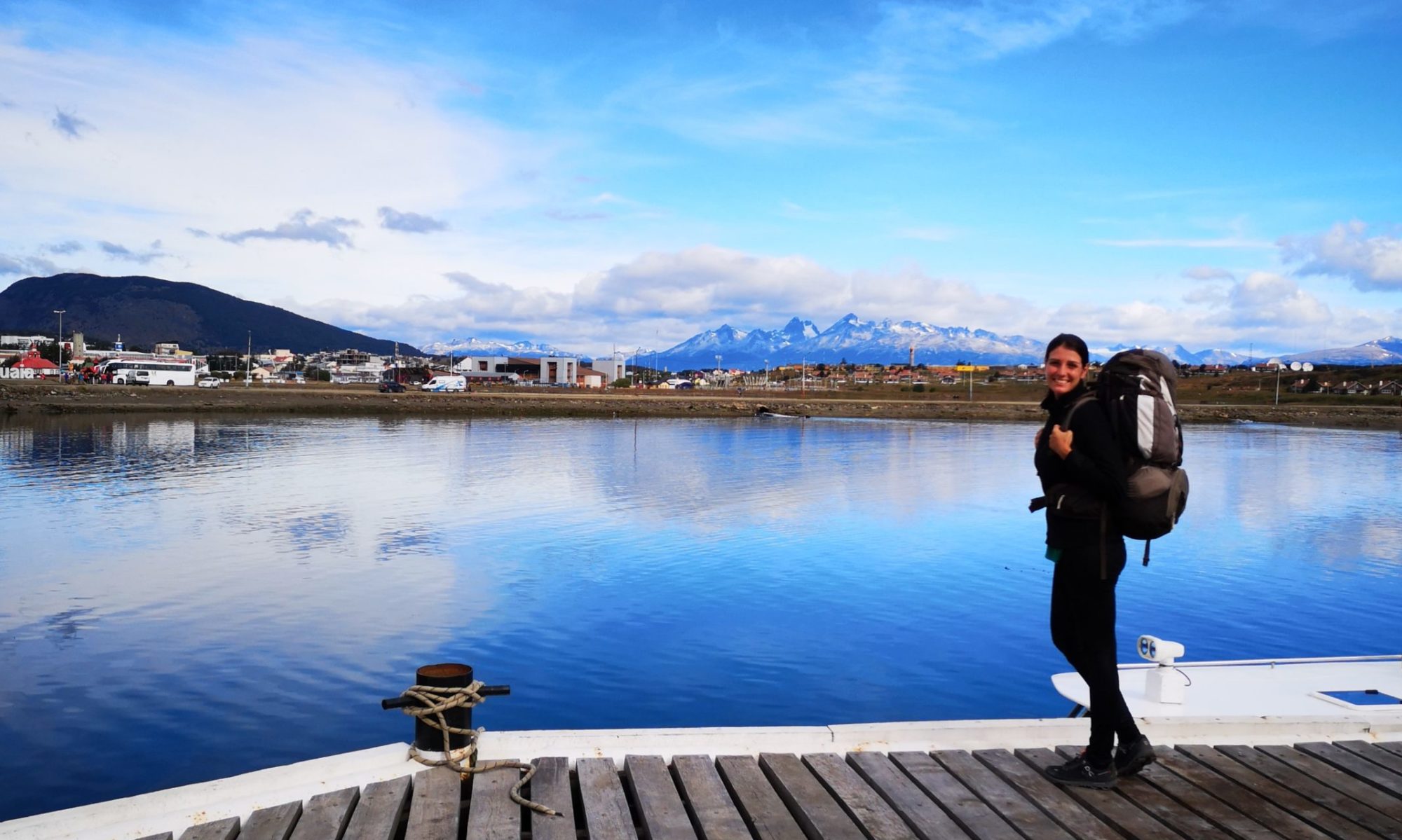16. – 21. Apr 2019
Having been done with all border crossing formalities (It took us about 2 hours because there were many Venezuelan refugees trying to reach the other side), we discovered a stunning sight: the cemetery of Tulcan. Everywhere, the bushes had been cut like characters and animals. An amazing view! One would not have thought that this is a cemetery…
Having said goodbye and farewell to Anika, my next stop was Ibarra where I stayed with a local family thanks to my friend Melanie who had been living here many years ago and connected me with her friends from back then. This was just the loveliest family in whole Ecuador! They showed me around, had me taste all kinds of traditional food, and were just the nicest people. Thank you so much for your hospitality – BESOS! :-*

Views from my Window 


Having Breakfast 
Roasted Guinea Pigs 
The cutest Ecuadorian Kids 


Lookout above Ibarra 
Arcángel San Miguel 
In the Living Room with my Host Family
Amilkar, another friend of Melanie, showed me the villages around Ibarra. We first went to Mira, had lunch, and then went on to Magdalena after having taken a look at the regional market. But this one was nothing compared to the Saturday market in Otavalo. At night, we went out with Ismael and Diego, two other friends, whom I also attended an Ecuadorian ceremony with the following weekend.

Good Company 
Views in Mira 
Swinging high 
Fruit at the market 
Seeds at the Market 
Views in Magdalena 
New fluffy Friends 


Having a Drink with the Boys 
Huge Saturday Market in Otavalo 
Ecuadorian Ceremony




































































































































































































